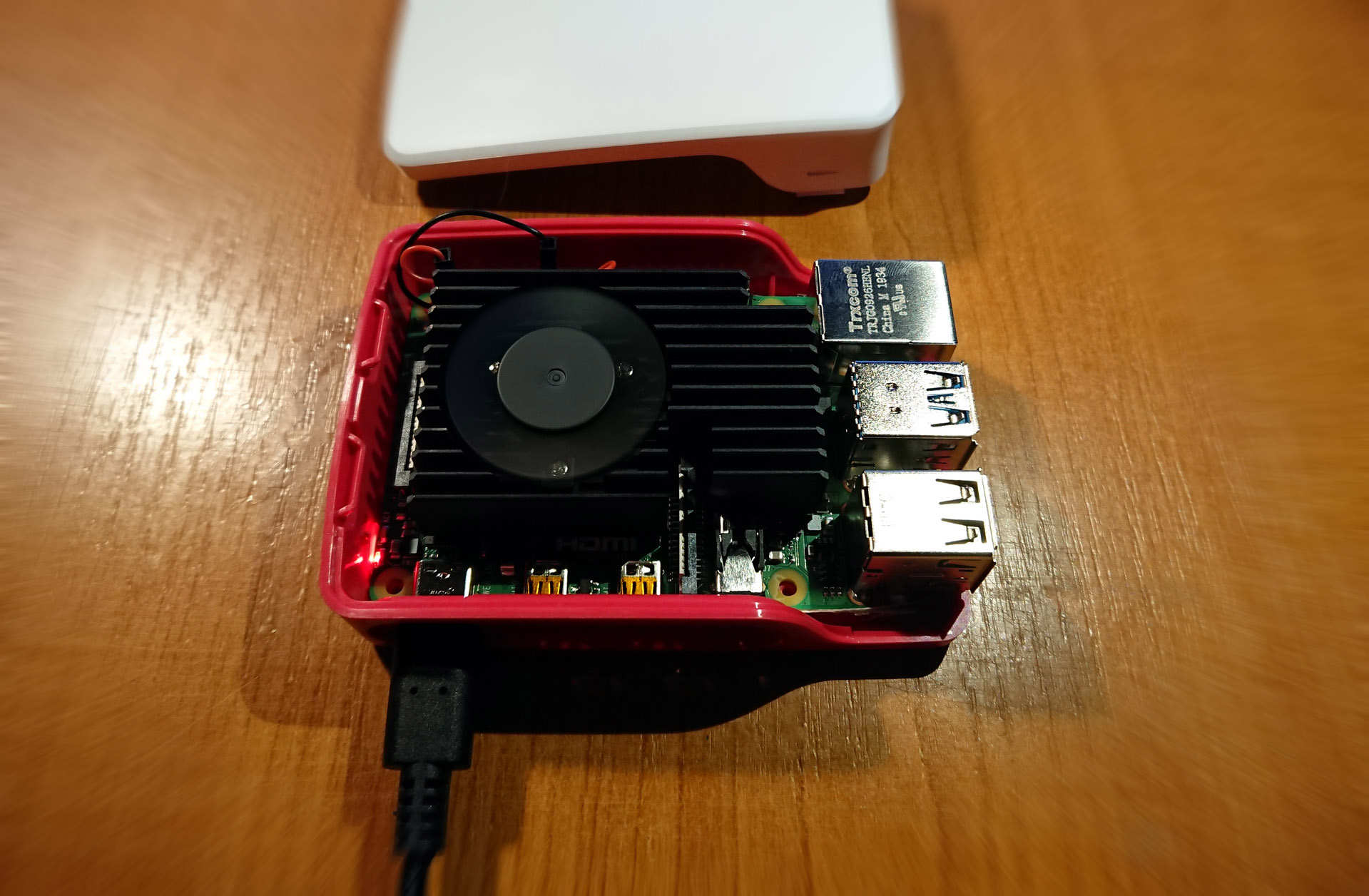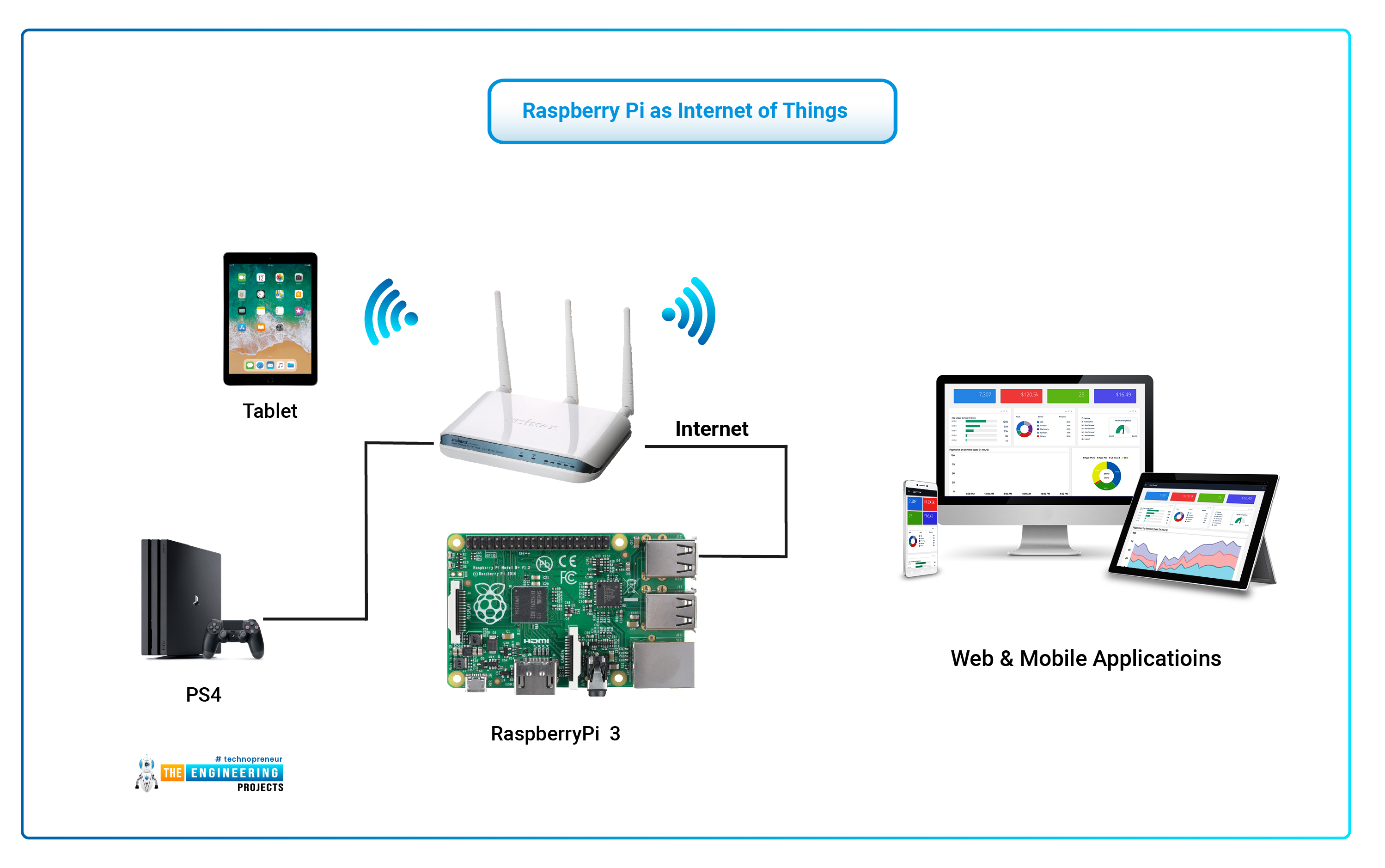Mastering Remote Manage IoT Behind Router Free Raspberry Pi: The Ultimate Guide
So, you've decided to dive into the world of IoT and Raspberry Pi, haven’t you? Well, let me tell you, it’s a game-changer. Remote manage IoT behind router free Raspberry Pi is one of the most empowering tools for tech enthusiasts, DIYers, and professionals alike. Imagine controlling smart devices from anywhere in the world without breaking the bank. Sounds like a dream, right? But here's the deal—it’s not just about setting up a Raspberry Pi; it’s about understanding how to securely manage IoT devices remotely while keeping your setup free of unnecessary costs. Let’s get started!
Before we jump into the nitty-gritty, let’s set the stage. The concept of remote management for IoT devices isn’t new, but the challenge lies in doing it securely and efficiently. With Raspberry Pi, you’re not just buying hardware; you’re getting a platform that can revolutionize your home automation or professional projects. Plus, the fact that you can do all this without spending a fortune makes it even more appealing.
This guide isn’t just another tech tutorial. It’s a step-by-step walkthrough filled with practical tips, real-world examples, and actionable advice. Whether you’re a beginner or someone looking to enhance their skills, this article will cover everything you need to know about managing IoT devices behind a router using Raspberry Pi for free. Let’s roll!
- Profiling The Talented Ullu Web Series Actress Name
- Elon Musk Antichrist Controversial Claims Explored
- Premium Luxmovie Exclusive Streaming Films
- Mkv Cinema Your Ultimate Movie Hub
- Free 7starhd Movies Latest Releases Classics
Table of Contents:
- Biography of Raspberry Pi
- Why Remote Manage IoT Matters
- The Setup Process
- Securing Your IoT Devices
- Tools You’ll Need
- Common Issues and How to Fix Them
- Optimizing Remote Management
- Cost-Effective Solutions
- Best Practices for Managing IoT
- Future Trends in IoT Management
Biography of Raspberry Pi
Let’s take a moment to appreciate the little device that could. Raspberry Pi started as an educational tool designed to teach kids about computer science. Fast forward to today, it’s one of the most versatile single-board computers on the market. With its affordability and flexibility, Raspberry Pi has become the go-to choice for hobbyists and professionals alike.
Here’s a quick breakdown of Raspberry Pi’s journey:
- The Unexpected Return Were The Millers 2
- The Untold Story Of The Thomas Beaudoin Accident A Deep Dive Into The Life And Career Of A Talented Actor
- New Movies On Moviesflix Mustsee Films
- Amber Blank Death A Closer Look At The Life And Legacy
- Ullu Web Series Actress Name List A Comprehensive Guide To Talented Stars
| Year | Model | Key Features |
|---|---|---|
| 2012 | Raspberry Pi 1 Model B | Released as the first official model with GPIO pins |
| 2014 | Raspberry Pi 2 | Introduced with a faster processor and more RAM |
| 2016 | Raspberry Pi 3 | Integrated Wi-Fi and Bluetooth |
| 2019 | Raspberry Pi 4 | USB-C power, dual 4K displays, and improved performance |
Why Raspberry Pi is Perfect for Remote Manage IoT Behind Router
Raspberry Pi offers the perfect balance of power and affordability, making it ideal for managing IoT devices remotely. With its small form factor, low power consumption, and robust community support, it’s no wonder why it’s become the backbone of many IoT projects.
Why Remote Manage IoT Matters
Managing IoT devices remotely isn’t just a convenience; it’s a necessity. In today’s interconnected world, having the ability to control your smart devices from anywhere is crucial. Whether you’re monitoring a security camera, adjusting the thermostat, or managing industrial equipment, remote management ensures you’re always in control.
Here’s why it matters:
- Efficiency: Save time by controlling multiple devices from a single interface.
- Security: Stay updated with real-time alerts and notifications.
- Scalability: Easily add new devices to your network without hassle.
Benefits of Using Raspberry Pi for Remote Management
Raspberry Pi brings a unique set of advantages to the table:
- Cost-effective solution
- Highly customizable
- Strong community support
The Setup Process
Setting up Raspberry Pi for remote manage IoT behind router free isn’t as daunting as it sounds. Follow these steps, and you’ll have your system up and running in no time:
Step 1: Install Raspberry Pi OS
Start by downloading the Raspberry Pi OS from the official website. Use a tool like Etcher to flash the image onto an SD card. Once done, insert the SD card into your Raspberry Pi and power it on.
Step 2: Configure Network Settings
Connect your Raspberry Pi to your router via Ethernet or Wi-Fi. Configure the network settings to ensure a stable connection. You can do this by editing the wpa_supplicant.conf file.
Step 3: Enable SSH
SSH (Secure Shell) is essential for remote access. Enable it by creating an empty file named ssh in the boot directory of your SD card.
Step 4: Set Up Port Forwarding
To access your Raspberry Pi from outside your local network, you’ll need to set up port forwarding on your router. Forward port 22 (default SSH port) to the IP address of your Raspberry Pi.
Securing Your IoT Devices
Security should always be a top priority when managing IoT devices remotely. Here are some tips to keep your setup safe:
- Change default passwords
- Use strong encryption
- Regularly update firmware
- Implement firewall rules
Best Security Practices
Stay vigilant and follow these best practices:
- Monitor logs for suspicious activity
- Limit access to authorized users only
- Use two-factor authentication whenever possible
Tools You’ll Need
Here’s a list of tools and software you’ll need for this project:
- Raspberry Pi (any model with Wi-Fi capability)
- MicroSD card (16GB or higher)
- Ethernet cable or Wi-Fi adapter
- Raspberry Pi OS
- SSH client (like PuTTY or Terminal)
Common Issues and How to Fix Them
Every project comes with its own set of challenges. Here are some common issues you might encounter and how to resolve them:
Issue 1: Unable to Connect via SSH
Solution: Ensure SSH is enabled and check your router’s firewall settings.
Issue 2: Slow Connection
Solution: Optimize your network settings and consider using a wired connection instead of Wi-Fi.
Optimizing Remote Management
Once your setup is running smoothly, it’s time to optimize your remote management experience. Here are a few tips:
- Automate routine tasks using scripts
- Monitor device performance with tools like htop
- Set up alerts for critical events
Automation Tools
Consider using automation tools like Home Assistant or Node-RED to streamline your workflow.
Cost-Effective Solutions
One of the biggest advantages of using Raspberry Pi is its affordability. Here’s how you can keep costs low:
- Reuse existing hardware
- Utilize free software
- Minimize power consumption
Saving Money Without Sacrificing Quality
Focus on open-source solutions and community-driven projects to maximize your budget.
Best Practices for Managing IoT
Adopting best practices will help you avoid common pitfalls and ensure a smooth experience. Here’s what you need to do:
- Document your setup
- Back up important data regularly
- Test your setup thoroughly
Documentation Tips
Keep detailed notes of your configuration and any changes you make. This will save you time and frustration down the road.
Future Trends in IoT Management
The world of IoT is evolving rapidly. Here are some trends to watch out for:
- Increased focus on security
- Integration with AI and machine learning
- More user-friendly interfaces
What’s Next for Raspberry Pi?
Raspberry Pi continues to innovate, and future models promise even more power and flexibility. Stay tuned for exciting developments!
Conclusion
Remote manage IoT behind router free Raspberry Pi is a powerful solution that offers endless possibilities. By following the steps outlined in this guide, you can set up a secure and efficient system that meets your needs. Remember to prioritize security, optimize your setup, and stay up-to-date with the latest trends.
Now it’s your turn! Share your experiences, ask questions, or check out our other articles for more tips and tricks. Happy tinkering!
- Chester Koong A Deep Dive Into The Life And Legacy
- Is Peter Zeihan Married The Truth Revealed
- Instagram Viral Mms Videos Go Viral Now
- Unveiling The World Of Hdhub4u Movies Com A Comprehensive Guide
- Diva Flawless Nude Videos

Remote SSH IoT Behind Router With Raspberry Pi A Free Android Solution

Remote Connect IoT Behind Router Raspberry Pi A Comprehensive Guide

Best Remote IoT Behind Router For Raspberry Pi A Comprehensive Guide